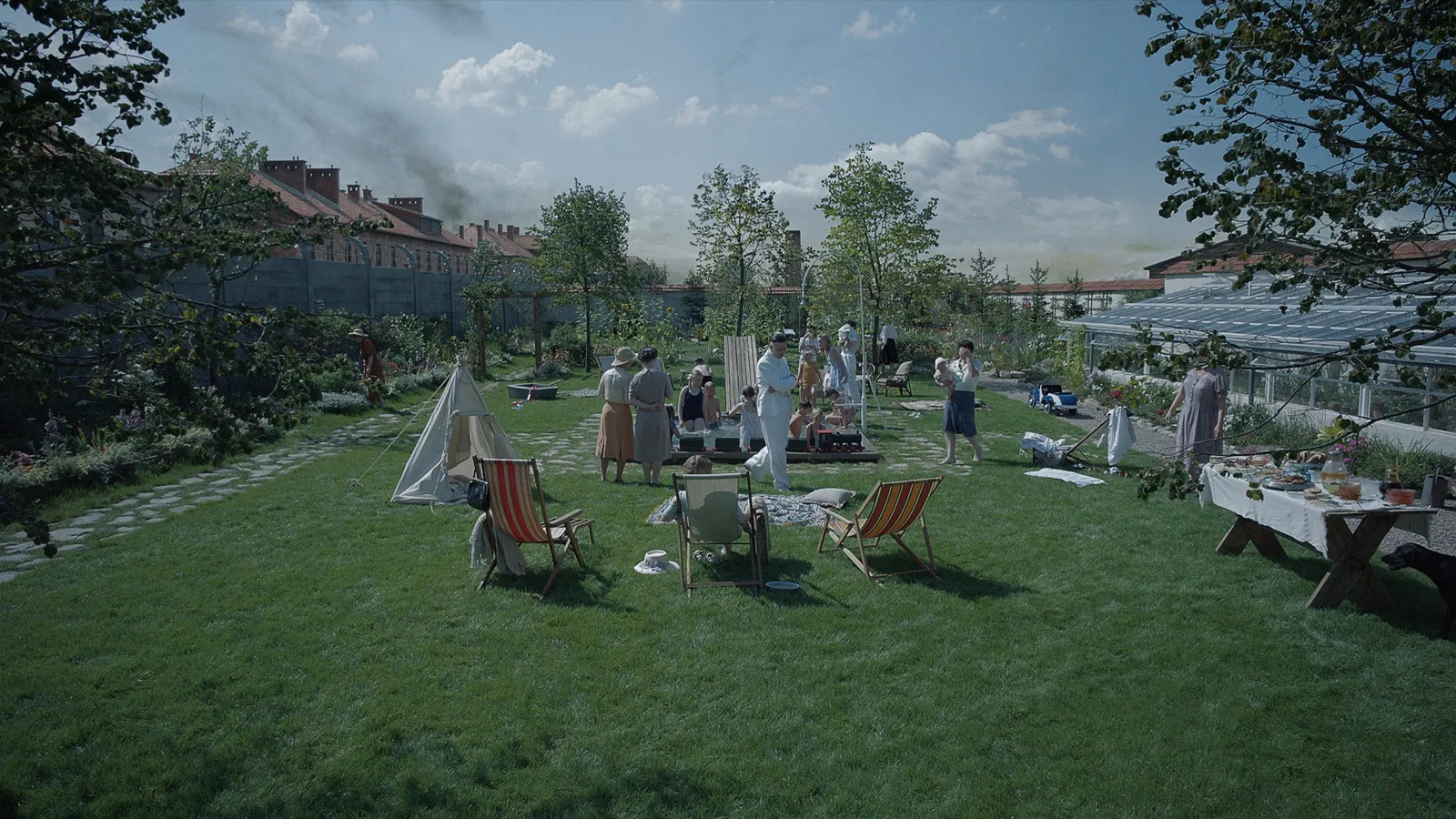
Glazer additionally famous that Rudolf and Hedwig and the various, many Nazi generals who devoted their lives to the extermination of different human beings are the very essences of evil. There was no means, Glazer stated, to redeem them. He stated:
“[T]hese characters haven’t any arc. There is no conscience, there isn’t any salvation, there isn’t any redemption, there’s nothing. They’re flat. They seem to be a flat line. However I needed proof of the physique rejecting the person someway. How we delude ourselves with our minds, however our our bodies inform the reality. So there’s one thing within the truthfulness of that rejection and the horror, the inside horror, that made sense to me.”
Whereas Glazer wielded cleanliness and sanitization and upper-class comforts to cowl up the evil of the Nazi celebration, he additionally filmed an epilogue that depicts how Twenty first-century historians have been utilizing sanitization and cleanliness as an act of remembrance. Whereas Rudolf is vomiting in a darkened hallway, Glazer makes a tough reduce to the present-day Auschwitz, now changed into a museum and a memorial. He exhibits the museum staff vacuuming the flooring, unlocking the cells, and cleansing off the glass that homes piles of victims’ private results. The horrors of World Warfare II are neatly packed into gleaming white packing containers, presenting dying in stark reduction.
Glazer, nonetheless, just isn’t cleansing up historical past, nor are the curators of the Auschwitz museum. They’re cleansing up the realm across the vomit, displaying that evil is current. That is the place the final scrap of humanity was spewed up and splattered on the bottom. That is what genocide appears to be like like. Individuals as soon as wore these garments. Then they had been killed. Have a look at dying with out distraction.
The Nazis cleaned up after their evil. We’ll by no means be capable of clear up after the Nazis.


